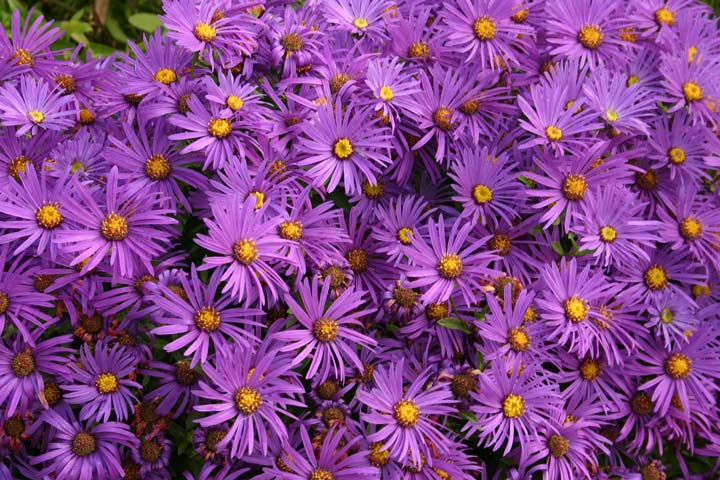
Tips How to Grow Asters
Aster’s brilliant flowers brighten the fall garden when little else is blooming. Indeed, “aster,” the Latin word for “star,” aptly describes the starry flower heads. Another common name is Michaelmas daisy.
About Asters
Aster thrives in areas with cool, moist summers. It produces blue, white, or pink flowers in the late summer or fall. Plant height ranges from 8 inches to 8 feet, depending on variety. Tall varieties make good back-of-the-border plants and are also attractive planted in naturalized meadows. Aster is susceptible to powdery mildew and rust diseases, so choose disease-resistant varieties.
Special Features
Attracts butterflies.
Site Selection
Select a site with full sun to light shade and well-drained soil.
Planting Instructions
Plant in spring, spacing plants 1 to 3 feet apart, depending on the variety. Prepare garden bed by using a garden fork or tiller to loosen the soil to a depth of 12 to 15 inches, then mix in a 2- to 4-inch layer of compost. Dig a hole twice the diameter of the pot the plant is in. Carefully remove the plant from its container and place it in the hole so the top of the root ball is level with the soil surface. Carefully fill in around the root ball and firm the soil gently. Water thoroughly.
Care
Apply a thin layer of compost each spring, followed by a 2-inch layer of mulch to retain moisture and control weeds. Pinch young shoots back to encourage bushiness. Water plants during the summer if rainfall is less than 1 inch per week. Stake tall varieties to keep them upright. After the first killing frost, cut stems back to an inch or two above soil line. Divide plants every three to four years as new growth begins in the spring, lifting plants and dividing them into clumps containing three to five shoots.

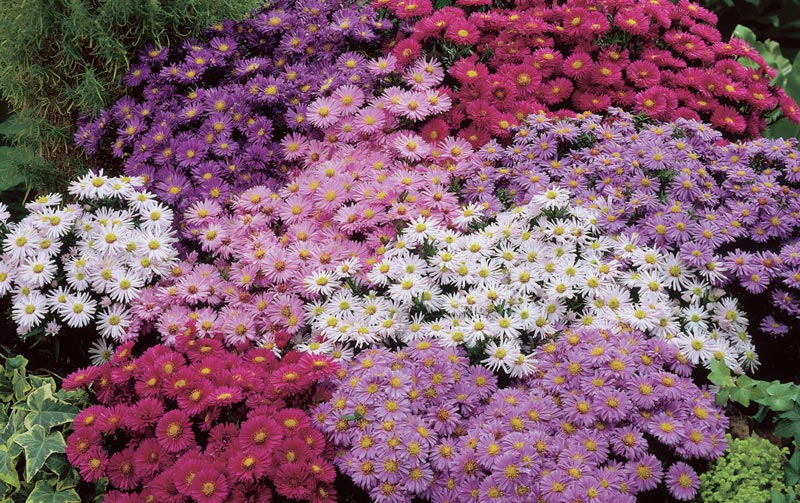
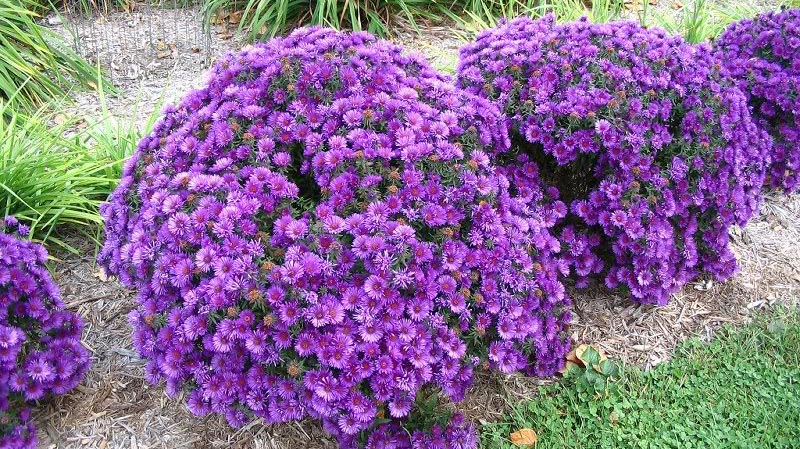
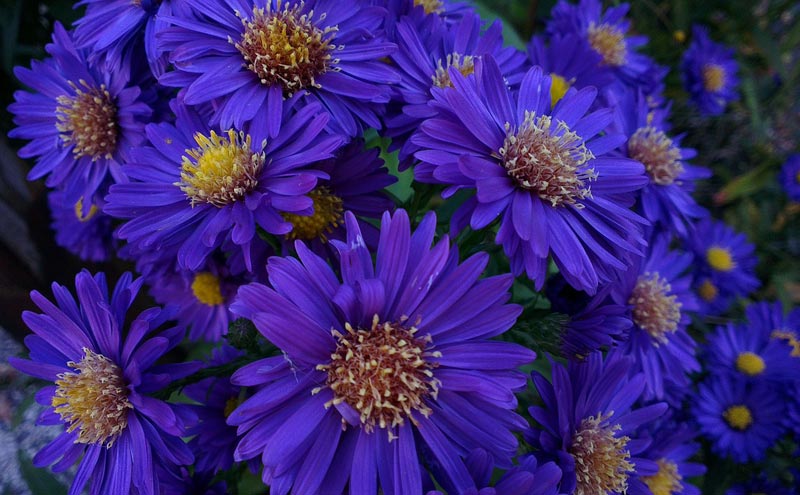
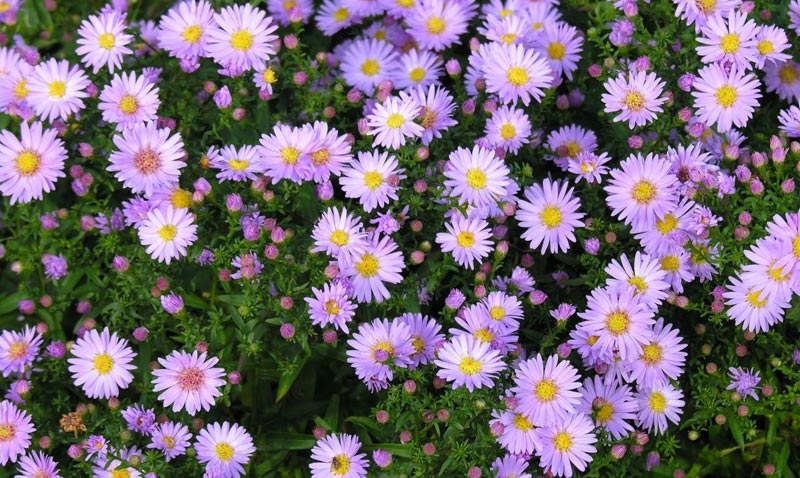
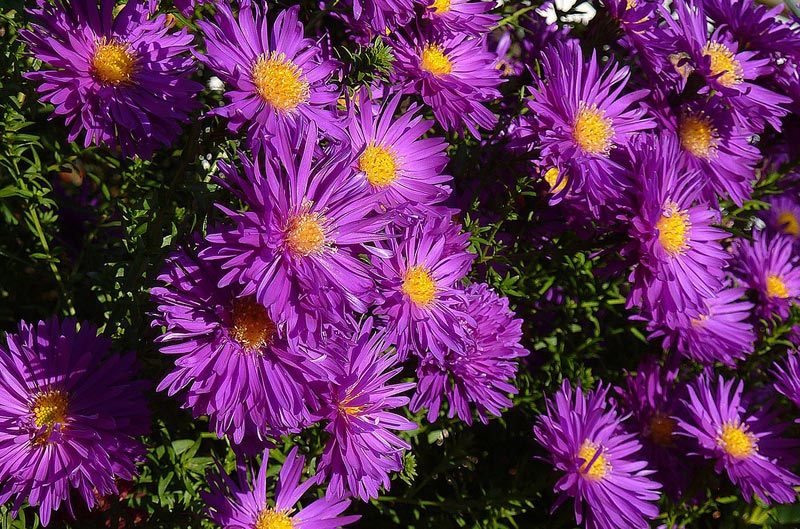
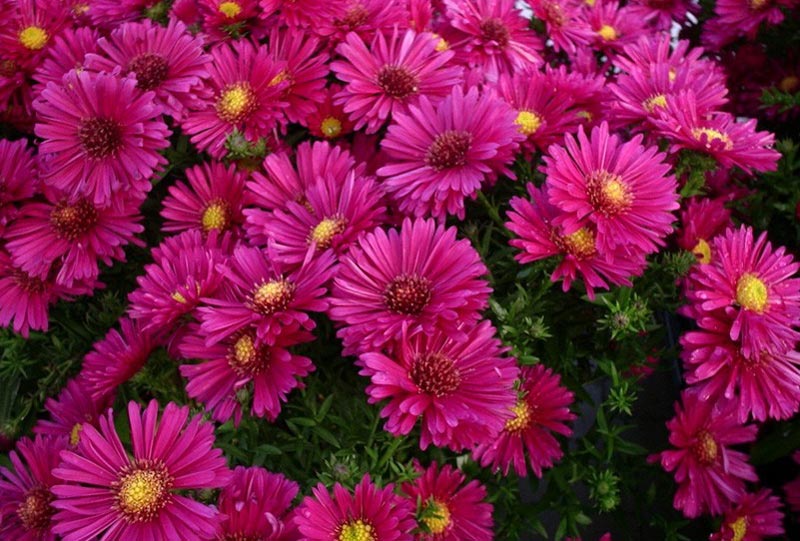
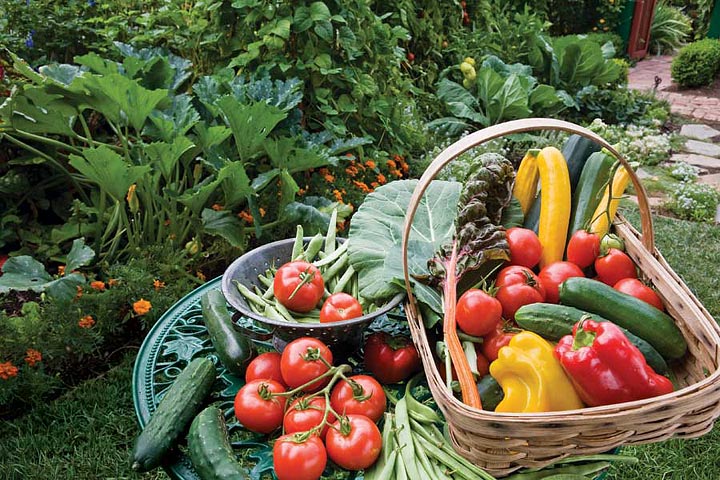

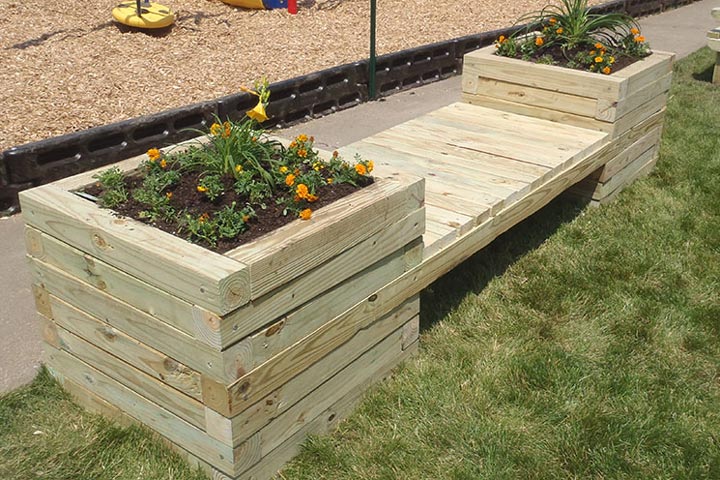
Leave a Reply